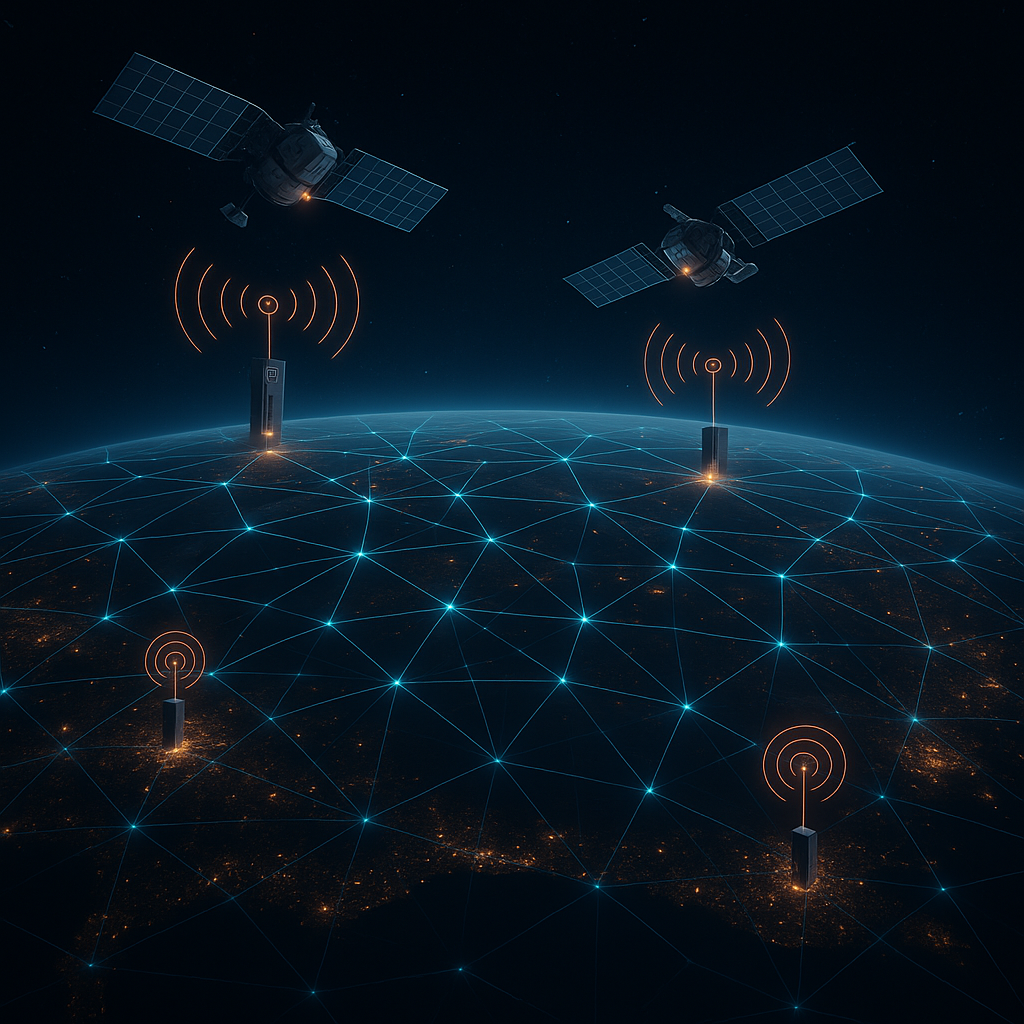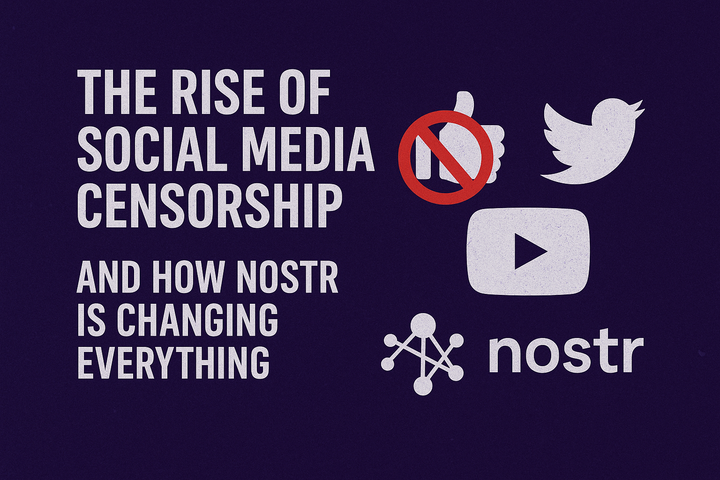Start-Up Launches Decentralized Internet Satellites - The New Mesh Age Begins
In the shadows of Big Tech’s digital empire, a new frontier is emerging — one that promises to take the internet back to its roots: open, resilient, and censorship-resistant.

Welcome to The Mesh Age, a decentralized revolution connecting people without relying on centralized ISPs, governments, or corporate networks.
The Centralized Internet Is Failing
Today’s internet depends on a fragile chain of centralized service providers.
When one link fails, whether from government censorship, cyberattacks, or corporate deplatforming, entire regions can go dark.
It’s a system optimized for control, not freedom.
But a new wave of startups, open-source developers, and builders are creating the backbone for a decentralized alternative — using mesh networking, open-source hardware, and even satellites to bypass the gatekeepers entirely.
The Rise of Decentralized Internet Satellites
A new generation of space-based startups is working to make peer-to-peer communication possible from orbit. Unlike traditional networks where every packet flows through corporate data centers, decentralized satellites will allow encrypted, user-to-user relays across independent nodes.
The idea is simple but radical: anyone, anywhere, can send and receive data without permission.
These projects aim to eliminate the last choke point in global connectivity — the reliance on a centralized backbone.
Featured Project: SpecFive — Building the Mesh Foundation
At the ground level, companies like SpecFive are creating devices that bridge local mesh networks to the wider decentralized web.
Their lineup of Meshtastic-compatible devices allows users to communicate via encrypted radio signals — no cell towers, no Wi-Fi, no SIM cards required.
By combining LoRa (Long Range Radio) technology with open-source firmware, SpecFive’s devices enable communities to stay connected during disasters, blackouts, or even government shutdowns of the internet.
- 📡 SpecFive Node 1 – Compact and long-range LoRa device
- 🗺️ SpecFive Tracker – GPS-enabled device for location sharing over mesh
- 🔋 SpecFive PowerHub – Solar-integrated base station for remote areas
These tools are rapidly becoming the infrastructure of independence, empowering local communities, off-grid adventurers, and freedom tech enthusiasts worldwide.
Beyond Starlink: The Decentralized Alternatives
While Starlink has dominated the space-based internet race, it remains a centralized system, controlled by a single corporate entity.
The next phase of innovation is focused on open, community-owned satellite networks that anyone can join, operate, or extend.
Emerging projects are experimenting with:
- Low Earth Orbit (LEO) relays for peer-to-peer data sharing
- Open-source ground stations that connect directly to mesh nodes
- Crypto-incentivized bandwidth sharing, rewarding users who provide connectivity
This isn’t science fiction, it’s happening now. Early prototypes are already being tested by decentralized infrastructure pioneers across the globe.
Meshtastic: The People’s Network
At the heart of this movement is Meshtastic, a community-driven open-source project that allows anyone to build their own encrypted, off-grid communication network.
Using low-power LoRa radios, Meshtastic nodes can send text messages, GPS data, and sensor info across miles, completely independent of cell networks or the internet.
It’s become the go-to platform for hikers, preppers, and digital sovereignty advocates.
And as more companies like SpecFive build compatible hardware, the ecosystem is expanding into a full-fledged off-grid communication web.
Why This Matters
Decentralized mesh and satellite systems represent more than just a new technology — they’re a paradigm shift.
They give power back to the people.
They ensure communication even when governments censor or networks collapse.
They’re the antidote to digital fragility, building a world where freedom of speech, information, and connection cannot be switched off.
The Future: Mesh-to-Orbit Connectivity
The next five years could see the convergence of ground-based mesh (like Meshtastic and SpecFive) with community-launched micro-satellites, forming the first fully decentralized global network.
Imagine sending a message from a mountain in Alaska to a desert in Africa, without a telecom provider or data plan in sight.
That’s the vision. That’s the Mesh Age.
Final Thought
Just as Bitcoin separated money from the state, these projects aim to separate communication from control.
The builders of the new mesh internet aren’t waiting for permission, they’re launching the next frontier of freedom tech right now.
Welcome to the New Mesh Age.
Suggested Reading:



Comments ()